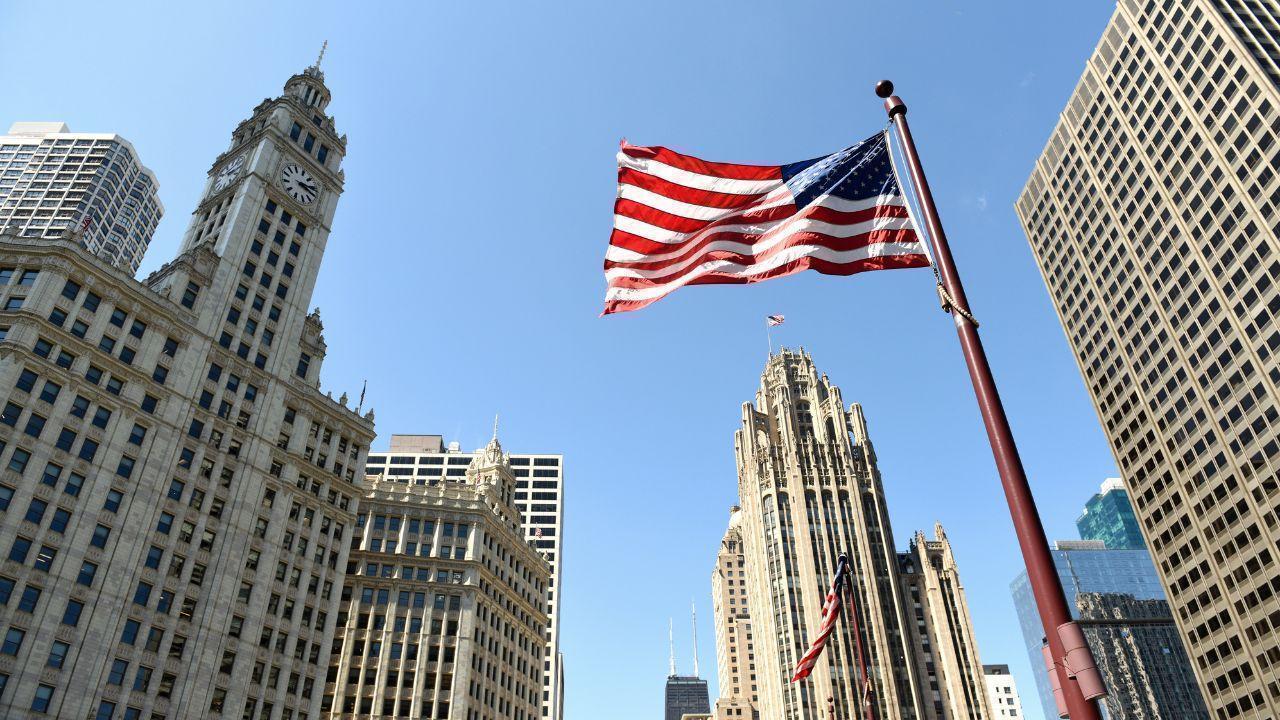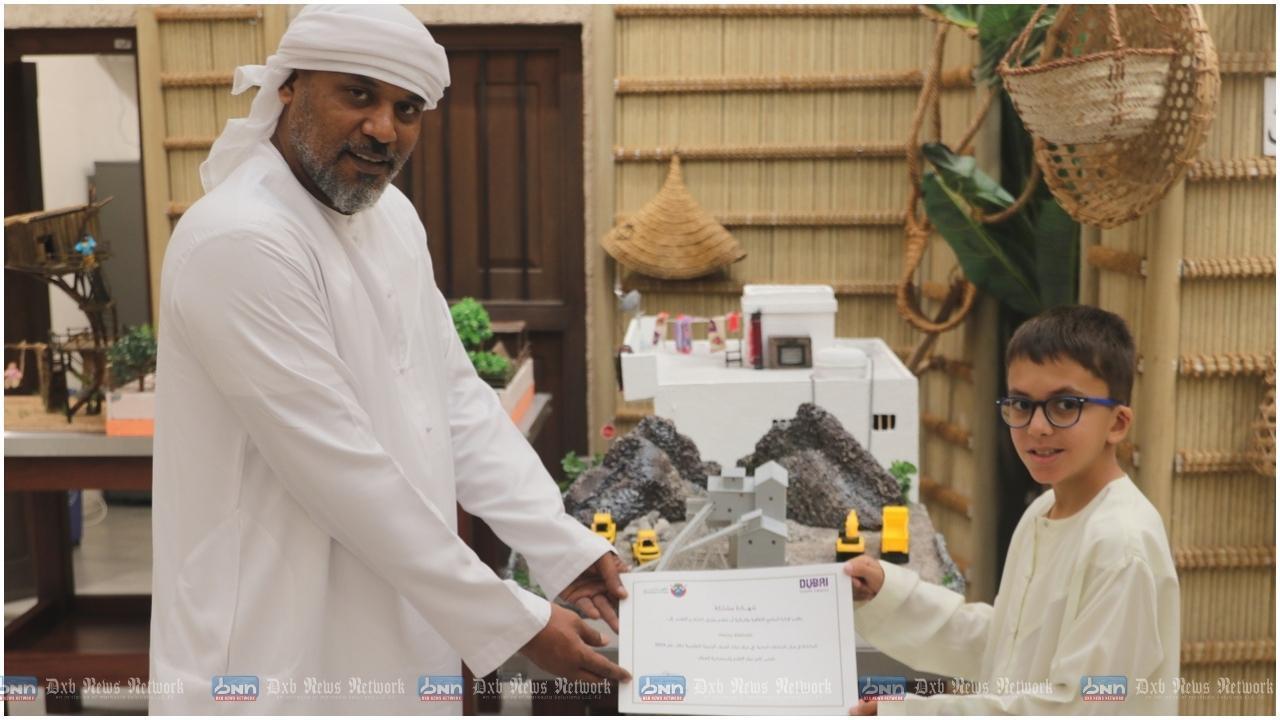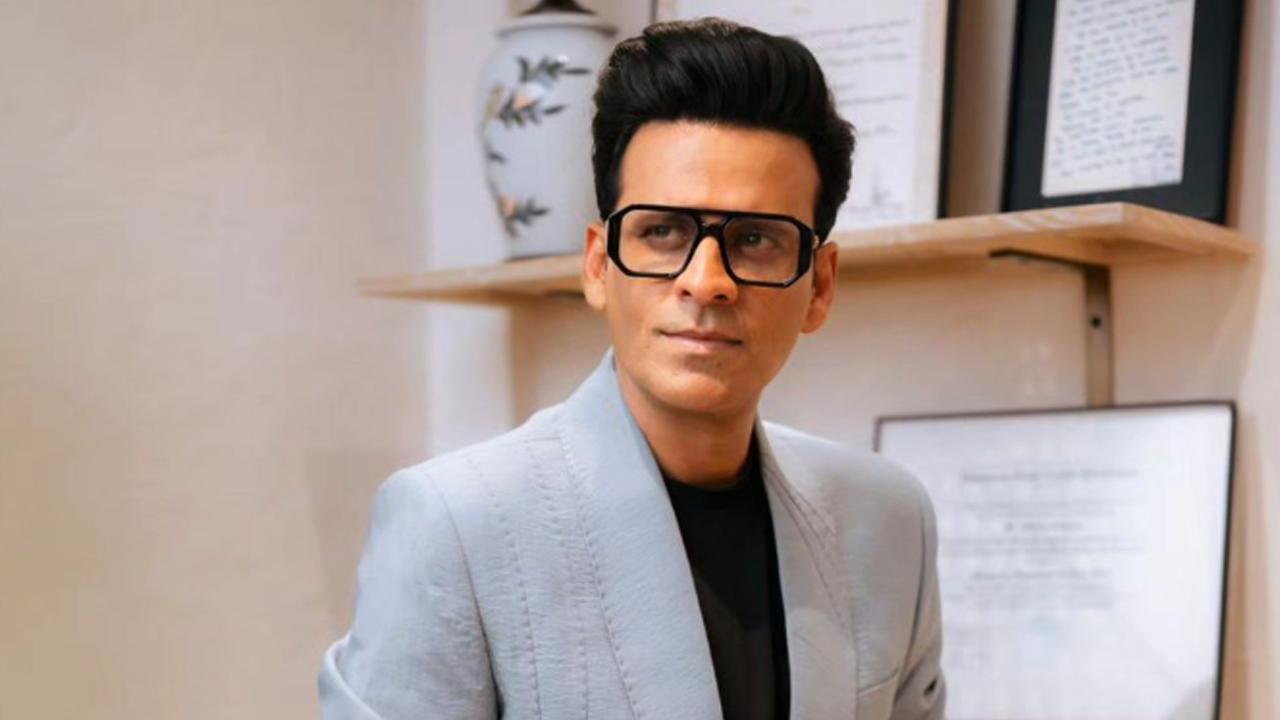
Dreaming of studying in the United States, immersing yourself in its vibrant culture, and receiving a top-notch education? Securing a student visa is your gateway to turning these aspirations into reality. Here’s a comprehensive guide to help you navigate the process smoothly.
Imagine yourself attending classes at a renowned American university, meeting students from around the world, and exploring diverse landscapes from coast to coast. It all begins with choosing the right institution. Look for schools approved by the Student and Exchange Visitor Program (SEVP), which are authorized to enroll international students like you.
Once you’ve found the perfect school, the next step is to apply and get accepted. Once accepted, your school will provide you with a crucial document called the Form I-20. This form confirms your acceptance and outlines your academic program details. It’s essential for your visa application.
Now comes the paperwork. Gather important documents such as your valid passport, academic transcripts, proof of financial support, and any required test scores. These documents will be necessary when completing the DS-160 form, your official visa application.
The DS-160 form requires you to provide detailed information about yourself, your educational background, and your intended stay in the United States. Make sure to fill it out accurately and truthfully. You’ll also need to upload a recent photograph that meets specific requirements.
Once you’ve completed the DS-160 form, you’ll need to pay a non-refundable visa application fee. The amount varies depending on your country of residence. Keep the receipt as proof of payment.
After paying the fee, it’s time to schedule your visa interview at the nearest U.S. embassy or consulate. This is a crucial step where you’ll meet with a consular officer who will assess your eligibility for a student visa. Be prepared to discuss your academic plans, ties to your home country, and financial resources.
On the day of your interview, arrive early and bring all required documents, including your passport, Form I-20, DS-160 confirmation page, and proof of fee payment. The consular officer will ask questions to ensure you meet the criteria for a student visa.
If approved, you’ll receive your student visa along with instructions on when and how to enter the United States. Congratulations! You’re one step closer to beginning your educational journey in the land of opportunity.
It’s important to understand that your student visa comes with responsibilities. You must maintain full-time enrollment in your academic program and comply with U.S. immigration regulations throughout your stay. Stay informed about any changes that may affect your visa status, and enjoy your educational adventure in the United States!
If you dream of studying in the United States, understanding the student visa process is crucial. Here’s a detailed guide to help you grasp the steps involved in securing your student visa.
Firstly, you need to apply and be accepted by a school that is certified by SEVP (Student and Exchange Visitor Program). These schools are authorized to enroll international students like you. Once accepted, the school will provide you with a Form I-20, which is a key document for your visa application.
Choosing the right school is important. Look for a school that offers your desired program of study and has a good reputation. Consider factors such as location, campus facilities, and support services for international students.
Once you have been accepted and received your Form I-20, you will need to complete the DS-160 online visa application form. This form requires you to provide detailed information about yourself, your travel plans, and your educational background. Make sure all the information you provide is accurate and matches the details on your Form I-20.
There is also a visa application fee that you need to pay before you can schedule your visa interview. The amount of the fee varies depending on your country of residence. Keep the receipt of payment safe, as you will need to show proof of payment during your visa interview.
After paying the fee, you can schedule your visa interview at the nearest U.S. embassy or consulate. It's important to schedule your interview well in advance, as appointment availability can vary. Be prepared to discuss your academic plans, your ties to your home country, and how you will fund your studies in the United States.
On the day of your interview, arrive early and bring all the required documents with you. These documents typically include your passport, Form I-20, DS-160 confirmation page, proof of fee payment, and any additional documents requested by the consular officer. During the interview, the consular officer will ask you questions about your intentions in the U.S. and your ability to support yourself financially during your studies.
If your visa application is approved, you will receive your student visa along with instructions on when and how to enter the United States. Congratulations! Now you can start preparing for your journey, including arranging housing, purchasing your plane tickets, and familiarizing yourself with your new school's orientation process.
It's important to remember that your student visa is specific to your academic program and the institution that issued your Form I-20. You are expected to maintain full-time enrollment and comply with all visa regulations during your stay in the United States. Stay informed about any changes to your program or personal circumstances that may affect your visa status.
Choosing the right school is a crucial decision when planning to study in the USA. It's not just about finding any school, but about finding the one that best fits your academic goals and personal preferences. Here's how you can make this important choice:
First, think about what you want to study. Are you interested in science, art, business, or another field? Look for schools that offer strong programs in your chosen area.
- Researching School Options:
Use the internet to explore different schools and their websites. Look for information about their programs, faculty, campus facilities, and student services. Reading reviews and testimonials from current or past students can also give you insights into what it's like to study there.
Consider where the school is located. Do you prefer a bustling city or a quieter town? Think about the climate and surroundings that will make you feel comfortable and happy during your studies.
Check out what campus life is like. Are there clubs, sports teams, or cultural activities that interest you? A vibrant campus community can enhance your overall experience and help you make friends.
It's important to choose a school that is accredited, meaning it meets certain quality standards. A good reputation can also open doors for future opportunities, such as internships or job placements.
Understand the cost of tuition, fees, and living expenses. Look into whether the school offers scholarships, grants, or other forms of financial aid to help make your education more affordable.
If possible, visit the school in person or attend virtual tours. This can give you a feel for the campus environment and help you imagine yourself studying there.
Seek advice from teachers, counselors, or education consultants who can provide guidance based on your interests and goals.
Ultimately, trust your instincts. Choose a school where you feel excited to learn and grow, where you can envision yourself thriving academically and personally.
By taking the time to research and consider these factors, you can make an informed decision that sets you up for success in your academic journey in the United States.
Preparing the necessary documents for your student visa application to the USA is an important part of the process. Here's a detailed look at what you need to gather:
Start with your passport, which should be valid for at least six months beyond your intended stay in the United States. This is your primary identification and travel document.
Next, the Form I-20 provided by your SEVP-approved school or university is crucial. This form verifies your acceptance and enrollment in a program of study. Make sure all information on the Form I-20 is accurate and matches your other documents.
You'll also need proof of financial support to demonstrate that you can cover the costs of tuition, living expenses, and other fees while studying in the US. This can include bank statements, scholarship letters, or affidavits of support from sponsors.
Academic transcripts and diplomas from previous institutions are essential to show your educational background and qualifications. These documents should be official and translated into English if they are in another language.
Additionally, a completed DS-160 form is required for your visa application. This online form collects your personal information, travel plans, and other details relevant to your visa application. Be thorough and accurate when filling it out.
Include a passport-sized photograph that meets the specified requirements for visa applications. The photo should be recent, with a plain background and without any accessories like hats or sunglasses.
Lastly, receipts of fee payments are necessary to show that you have paid the required visa application fee. Keep these receipts as proof of payment when attending your visa interview.
By gathering these documents and ensuring they are complete and accurate, you'll be well-prepared to apply for your student visa to study in the USA. Remember, each document plays a crucial role in demonstrating your eligibility and readiness to pursue your academic goals abroad.
When you're planning to study in the United States, one of the most important steps is completing the DS-160 form. This form is like a key that unlocks your student visa, allowing you to pursue your dreams in America. Here’s a detailed look at what you need to know about filling out the DS-160 form, simplified just for you.

The DS-160 form is an online application form that you need to complete to apply for a U.S. visa. It collects information about you, your travel plans, and your background. Think of it as introducing yourself to the U.S. government so they can understand why you want to come to America.
Before you start filling out the form, make sure you have all your information ready. This includes your passport details, travel itinerary, previous U.S. visa information (if applicable), and your school’s SEVIS number from your Form I-20.
You'll start by entering basic personal details like your name, date of birth, and nationality. Double-check that everything is spelled correctly and matches your passport exactly.
- Contact Information
Next, you’ll provide your contact details, including your address and phone number. It’s important to use an email address that you check regularly because the U.S. embassy may contact you through email.
You’ll need to enter your travel plans, including your intended dates of arrival and departure from the U.S. If you haven’t booked your tickets yet, you can estimate these dates.
This section asks about your educational history and your current job (if applicable). Be honest and provide accurate information about your school and any degrees you have earned.
You will be asked questions about your health, criminal history (if any), and past U.S. travel information. Answer truthfully, as any false information can lead to your visa being denied.
You will need to upload a recent photograph that meets specific requirements. Make sure your photo is clear, in color, and shows your full face without any accessories like glasses or hats.
Once you have filled out all the sections, carefully review your answers before submitting the form. Check for any errors or missing information. Once submitted, you won’t be able to make changes, so it's important to be thorough.
After submitting, you’ll receive a confirmation page with a barcode. Print this page and keep it safe, as you’ll need it for your visa interview and when you enter the U.S.
When you apply for a student visa to study in the USA, paying the application fee is an important step in the process. This fee helps cover the costs of processing your visa application and supporting services provided by the U.S. government.
The application fee amount varies depending on your country of residence. It's essential to check the current fee on the official website of the U.S. embassy or consulate where you will apply. Remember, this fee is non-refundable, so make sure you have the necessary funds before starting your application.
To pay the fee, you typically have several options, including online payment through a secure platform. It's crucial to keep proof of payment, such as a receipt or confirmation number, as you will need this information when scheduling your visa interview.
Once your payment is processed successfully, you can proceed to schedule your visa interview appointment. This step involves selecting a convenient date and time to visit the U.S. embassy or consulate for your interview. It's advisable to schedule your appointment well in advance to secure your preferred slot, as availability may vary.
During the interview, you may be asked to provide proof of fee payment among other required documents, such as your passport, Form I-20 issued by your SEVP-approved school, and DS-160 confirmation page. The consular officer will review your application and ask questions about your academic plans, ties to your home country, and financial ability to support your studies in the USA.
By paying the application fee promptly and keeping all necessary documentation organized, you can streamline the visa application process and focus on preparing for your exciting educational journey in the United States. Remember, each step is important, so take your time and seek guidance from your school's international student office or the U.S. embassy if you have any questions or concerns.
After completing your DS-160 application, the next important step in obtaining your student visa for the USA is scheduling your visa interview. This interview is crucial as it gives you the opportunity to demonstrate your preparedness and intentions to study in the United States.
To schedule your interview, you need to visit the official website of the U.S. embassy or consulate where you will apply. Look for the section dedicated to visa appointments. Keep in mind that appointment availability can vary depending on the location and time of year, so it's wise to plan ahead.
When scheduling your interview, choose a date and time that suits your schedule and allows ample time for travel arrangements if needed. Be mindful of any specific instructions provided by the embassy or consulate regarding required documents or procedures for scheduling.
Before your interview date, make sure all your supporting documents are organized and ready to present. These typically include your passport, Form I-20 issued by your SEVP-approved school, DS-160 confirmation page, visa application fee receipt, and any additional documents requested by the embassy or consulate.
Arrive at the embassy or consulate well before your scheduled interview time. Security procedures may require some waiting, so it's better to be early than to risk being late. Dress appropriately and professionally, as first impressions can make a difference.
During the interview, a consular officer will ask you questions about your intended course of study, your reasons for studying in the USA, and your plans after completing your studies. Be honest and concise in your responses, demonstrating your genuine interest in academic pursuits and your commitment to following U.S. immigration laws.
After the interview, the consular officer will inform you of their decision regarding your visa application. If approved, they will provide instructions on when and how to collect your passport with the visa stamp. Congratulations! You're one step closer to pursuing your educational goals in the United States.
If your visa application is denied, the consular officer will explain the reasons for the denial. Don't be discouraged; you may have the opportunity to reapply after addressing any concerns or providing additional documentation.
Remember, scheduling and preparing for your visa interview is an essential part of the process. By being well-prepared and confident, you can increase your chances of obtaining your student visa and embarking on an exciting educational journey in the USA.
Going for your visa interview is an important step in your journey to study in the United States. This interview is your chance to meet with a consular officer who will determine if you qualify for a student visa. Here’s what you can expect and how to prepare for this crucial appointment.
When you arrive at the U.S. embassy or consulate, you’ll go through security just like at an airport. Make sure to bring all required documents with you, including your passport, Form I-20 from your school, the DS-160 confirmation page, and proof of visa application fee payment. These documents show that you’re serious about studying in the U.S.
The interview itself is usually brief but very important. The consular officer will ask you questions about your plans in the United States, your chosen academic program, and your financial situation. They want to ensure that you’re a genuine student who intends to study and return home after your studies are completed.
It’s important to be honest and confident during the interview. Speak clearly and respectfully to the officer. They may ask about your ties to your home country, such as family, property, or a job. This is to make sure you have reasons to return home after your studies, which is a requirement for getting a student visa.
If English isn’t your first language, don’t worry! You can answer in your native language, and the embassy will provide translation services. Just be sure to express yourself clearly and calmly.
After the interview, the consular officer will decide whether to approve your visa. If approved, they’ll keep your passport and mail it back to you with the visa stamped inside. This process usually takes a few days to a few weeks, so be patient.
If your visa is denied, don’t be discouraged. The officer will explain the reason for the denial, and you can try again if you address the issues they raise. Sometimes, a denial happens because of simple misunderstandings or missing documents, so you may have a chance to correct these and reapply.
Remember, the visa interview is a standard procedure to ensure that students coming to the U.S. are genuine and prepared. By being well-prepared yourself, you can make a positive impression and increase your chances of getting your student visa approved. Good luck!
After a successful visa interview, you’ll eagerly await the arrival of your student visa. This document is your key to studying in the United States and pursuing your educational goals. Here’s what you can expect once your visa application is approved.
When the consular officer grants your visa, they will stamp it into your passport. This stamp indicates the type of visa you’ve been issued and any specific conditions or restrictions. Make sure to check this information carefully to ensure it aligns with your intended plans.
Once you receive your passport with the visa, it’s essential to review all details for accuracy. Verify your name, passport number, visa category (typically F or M for students), and the expiration date. Any errors should be reported to the U.S. embassy or consulate immediately for correction.
Your visa will have an expiration date, which determines how long you can legally stay in the United States. It’s crucial to plan your travel accordingly to arrive before your program start date and depart by the visa expiration date. Remember, your visa allows for multiple entries during its validity period, so you can travel in and out of the U.S. as needed.
Accompanying your visa will be a sealed envelope containing your Form I-20 and possibly other documents. This envelope should not be opened. Instead, present it to the U.S. Customs and Border Protection (CBP) officer when you arrive in the United States. The officer will inspect and return the documents to you.
Upon arrival at a U.S. port of entry, such as an airport, present your passport with the visa and the sealed envelope to the CBP officer. They will review your documents, ask you a few questions about your visit, and stamp your passport. This stamp serves as your official entry into the United States.
Once cleared by CBP, you’ll be free to proceed to your chosen school or university. Congratulations! You’ve successfully navigated the visa process and are now ready to embark on your academic journey in the United States. Enjoy your time exploring new opportunities, meeting new friends, and experiencing American culture firsthand.
Remember, while your visa allows you to study in the U.S., it’s essential to comply with all regulations and maintain your student status throughout your stay. Stay informed about any updates or changes to visa policies and regulations to ensure a smooth and successful academic experience.
Obtaining your student visa is a significant achievement that opens doors to educational and personal growth. Embrace this opportunity to learn, explore, and create lasting memories in the United States.
When you obtain a visa to study in the United States, there are important rules you need to follow to maintain your legal status. These regulations are designed to ensure that you can study effectively while respecting U.S. laws.
Your student visa is specific to the institution and program listed on your Form I-20. This means you must attend the school that issued your visa and remain enrolled as a full-time student. Attending a different school or not enrolling full-time without permission can jeopardize your visa status.
You are expected to make academic progress and complete your program within the timeframe specified on your Form I-20. Falling behind in your studies or failing to maintain a good academic standing could lead to serious consequences, including the possibility of having your visa revoked.
Work restrictions are another important consideration. While studying in the U.S., your primary purpose is education. This means you can work on-campus for up to 20 hours per week during the school term and full-time during breaks. Off-campus employment requires authorization and must be related to your field of study.
Maintaining a valid passport is crucial. Your passport should be valid for at least six months into the future at all times. If your passport expires, you must renew it through your country’s embassy or consulate in the U.S. to avoid complications with your visa.
Reporting changes promptly is essential. You must inform your designated school official (DSO) of any changes to your program, such as transferring to a different school, changing your major, or taking a break from studies. Your DSO will update your records and advise you on any necessary steps to maintain your visa status.
Leaving the U.S. temporarily requires careful planning. If you plan to travel outside the country during your studies, ensure you have the necessary travel documents, including a valid visa stamp and a travel endorsement on your Form I-20 or DS-2019 from your DSO.
Complying with U.S. laws and regulations is fundamental. This includes respecting local, state, and federal laws, as well as adhering to immigration rules. Violating these laws can result in serious consequences, including deportation and future visa restrictions.
Understanding these visa restrictions and complying with them will help you make the most of your educational experience in the United States. By staying informed and seeking guidance from your school’s international student office when needed, you can enjoy a rewarding academic journey while maintaining your legal status.
This article provides a comprehensive guide on obtaining a student visa for studying in the United States. It outlines the steps involved, starting with choosing a SEVP-approved school and obtaining the Form I-20, which is essential for the visa application. The process involves filling out the DS-160 form, paying the visa application fee, and scheduling a visa interview at the nearest U.S. embassy or consulate. It emphasizes the importance of preparing required documents, attending the interview, and understanding visa restrictions to maintain legal status while studying in the U.S.
DXB News Network reminds readers that obtaining a student visa involves following specific procedures and regulations set by the U.S. government. It's essential to seek guidance from official sources such as the U.S. embassy or consulate and your designated school official (DSO) to ensure compliance with immigration laws and to avoid potential issues during your educational journey abroad.
A student visa is a document issued by the U.S. government that allows international students to study at accredited institutions in the United States. It ensures you are legally permitted to pursue education in the country.
To apply for a student visa (typically F or M visa), you need to first be accepted by a SEVP-approved school, then complete the DS-160 form, pay the application fee, schedule an interview, and attend the interview at the U.S. embassy or consulate.
Required documents usually include your valid passport, Form I-20 issued by your school, DS-160 confirmation page, visa application fee payment receipt, academic transcripts, proof of financial support, and a passport-sized photograph meeting specific requirements.
Yes, students on F-1 visas can work on-campus up to 20 hours per week during the academic term and full-time during breaks. Off-campus employment requires specific authorization related to your field of study.
Student visa holders must maintain full-time enrollment at the institution listed on their Form I-20, make academic progress, adhere to U.S. laws and regulations, report any changes in their program or personal status to their designated school official (DSO), and keep their passport valid.
#trending #latest #StudentVisa #StudyAbroad #InternationalStudent #USAVisa #StudentLife #EducationUSA #VisaProcess #StudentTravel #USStudy #SEVP #breakingnews #worldnews #headlines #topstories #globalUpdate #dxbnewsnetwork #dxbnews #dxbdnn #dxbnewsnetworkdnn #bestnewschanneldubai #bestnewschannelUAE #bestnewschannelabudhabi #bestnewschannelajman #bestnewschannelofdubai #popularnewschanneldubai

During the visit, His Highness toured the exhibition, visiting various local and international pavilions...Read More.

In the first ten months of 2024, Dubai Real Estate Corporation (DREC) and its subsidiary, Wasl Group, saw a 28% rise in revenues compared to 2023...Read More.
 Salah inspires Liverpool comeback to extend lead to eight points at Southampton
Salah inspires Liverpool comeback to extend lead to eight points at Southampton
Liverpool came from 2-1 down as Salah scored twice in the second half, reaching 10 goals
 Nine-Year-Old’s Model of Hajar Mountains Earns Recognition from Dubai Culture & Arts Authority.
Nine-Year-Old’s Model of Hajar Mountains Earns Recognition from Dubai Culture & Arts Authority.
educational journey by nine-year-old Henry Zielinski, a Grade 3 student at Clarion School, underscor
 Muhammad Hamza Raja: A Bodybuilder Who Inspires the World
Muhammad Hamza Raja: A Bodybuilder Who Inspires the World
Muhammad Hamza Raja’s story is a perfect example of someone who has embraced this spirit.
 Yeh Kaali Kaali Ankhein 2 Review: Tahir Raj Bhasin Shines
Yeh Kaali Kaali Ankhein 2 Review: Tahir Raj Bhasin Shines
Yeh Kaali Kaali Ankhein 2 continues the thrilling story with fresh twists and new challenges.
 Manoj Bajpayee Discusses Indie Cinema Crisis & Why Bollywood Acting Is the Toughest Job
Manoj Bajpayee Discusses Indie Cinema Crisis & Why Bollywood Acting Is the Toughest Job
The acclaimed actor candidly spoke about his career, fame, and experiences in films.
Khaled bin Mohamed bin Zayed visits 6th Abu Dhabi International Boat Show

During the visit, His Highness toured the exhibition, visiting various local and international pavilions
Dubai Real Estate Corporation Reports 28% Revenue Growth

In the first ten months of 2024, Dubai Real Estate Corporation (DREC) and its subsidiary, Wasl Group, saw a 28% rise in revenues compared to 2023
4th Al Sila Marine Festival to Be Held in Al Dhafra Under Hamdan bin Zayed

The Abu Dhabi Heritage Authority and the Abu Dhabi Marine Sports Club are organising the event
The Rise of Sustainable Clothing: How Eco-Friendly Fashion is Trending

Discover the growing trend of sustainable fashion for a better future
Egypt and Saudi Arabia wrap up ‘Piercing Arrow 2024’ joint exercise

The training took place in Egypt's Southern Military Zone and the Southern Fleet's operational area, with observers from allied and friendly nations
Top TikTok Beauty Products for a Glowing Look

Discover top TikTok beauty products for a glowing, radiant look
2nd Abu Dhabi Maritime Awards Honors Top Marinas in MENA and Türkiye

The Pearl Island Marina in Qatar won silver, while bronze was awarded to Abu Dhabi Marine in the UAE
Abu Dhabi Kingfish Championships to Feature AED 4.3M+ Prize Pool

The event aims to preserve maritime traditions and promote sustainable, regulated traditional fishing, reflecting values of authenticity
How Technology is Changing The Future of Work and Education

Discover how technology is transforming work and education for all
Nita Ambani stuns at IPL auction in tweed pantsuit and diamond brooch

Nita Ambani wowed the crowd at the IPL Auction 2025 in a stunning navy blue tweed suit. The price? Absolutely jaw-dropping
© DNN. All Rights Reserved.